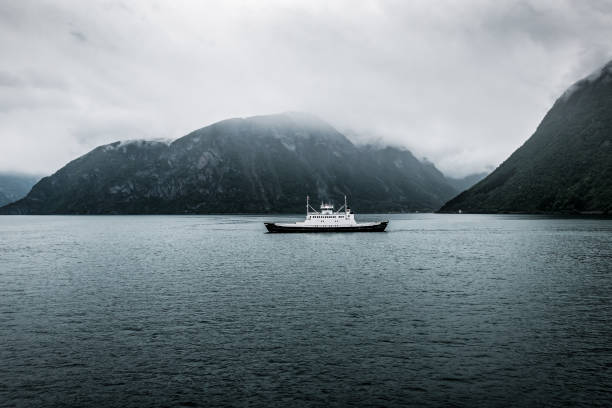How do Ferries Float?
Whether or not you employ Freightlink usually or possibly simply a few occasions a yr, except you’re shifting through the Eurotunnel the probabilities are you’re shifting your freight on a ferry.
Have you ever ever questioned simply how do ferries float? These mighty constructions made from iron and metal merely shouldn’t float on water, proper?
Let’s take a look at some primary science so you possibly can impress your driver pals while you’re sat having a espresso in your subsequent Dover-Calais crossing.
Sink or Float?
Whether or not an object sinks or floats on water is known as ‘displacement’. Displacement is when an object ‘displaces’ or pushes apart water. Consider a full glass of water. When you drop an ice dice into the glass some water spills out. The quantity of water that spills out shall be equal to the quantity of area that the ice dice takes up. When you get within the tub when it’s too full, water goes all over the place. However this water would be the similar because the area that you just take up while you get within the tub.
It’s all About the Buoyancy
Ships are designed to displace as a lot water as potential. They are usually actually extensive, particularly freight ships as they want to have the ability to take extra weight. Buoyancy refers to how nicely one thing floats or sinks. If one thing is ready to float then its classed as buoyant.
Though ferries are actually giant they’re additionally hole and never as heavy as you’ll suppose. The golden rule is, one thing will sink if it is heavier than the water it’s displacing. Due to this fact, a bowling ball would sink, however a soccer would float. Within the case of a ferry, gravity pushes down on the boat, however buoyancy helps it keep afloat because it’s not as heavy because the area it is taking on.



Post Comment